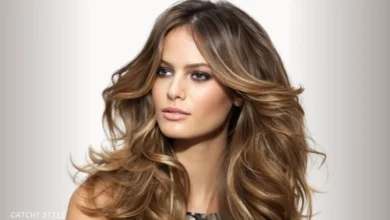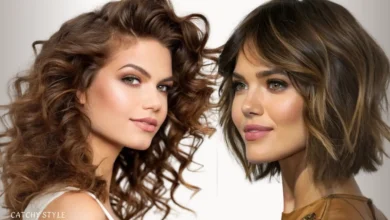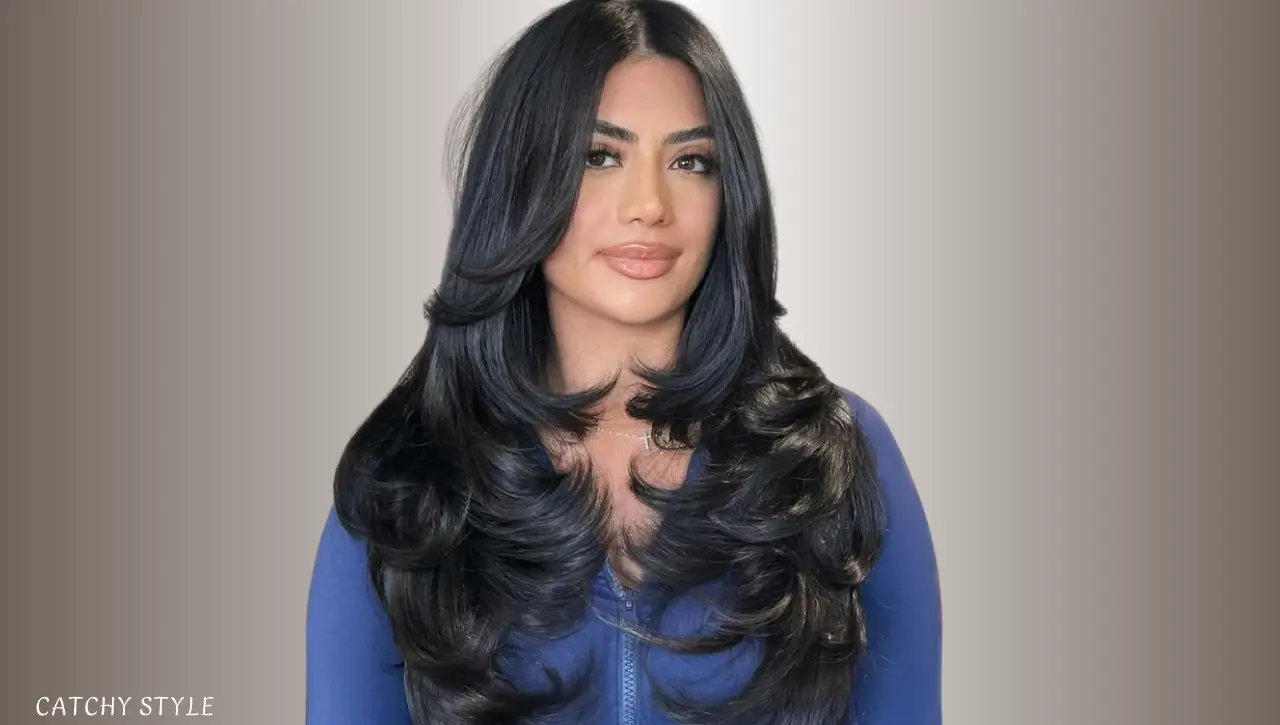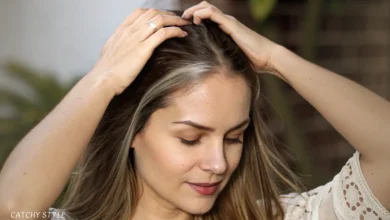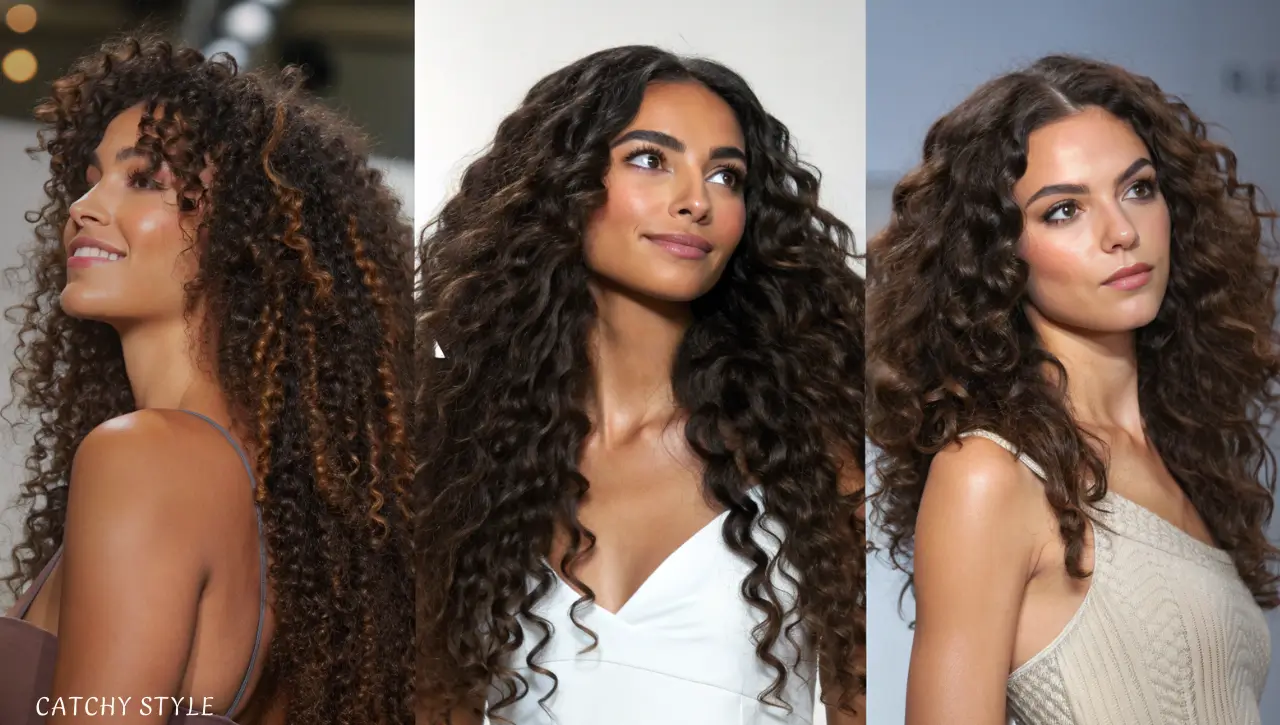
A Deeper Look Into Wavy Hair Types
If you’ve ever browsed beauty forums or haircare Facebook groups, chances are you’ve stumbled across terms like “2A” or “2C wavy hair.” While they might seem cryptic at first, these labels are actually part of a standardized hair typing system used to define and understand wavy hair types and other textures.
But what do these terms really mean? And why should you care about identifying your wavy hair type? Let’s break it all down.
Understanding Hair Texture Categories
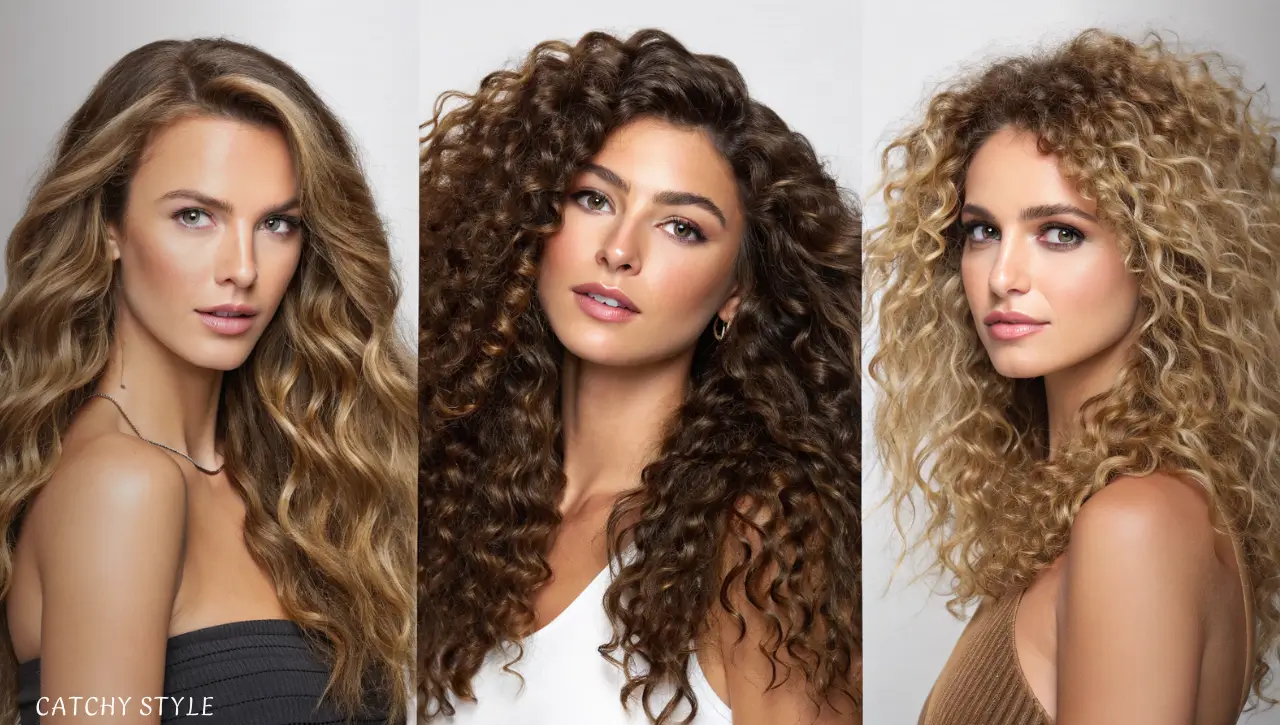
Hair typing is typically split into three primary categories:
- Type 1 – Straight
- Type 2 – Wavy
- Type 3 – Curly
Each type is further divided into subcategories A through C, which indicate how tightly the hair is coiled or how loose and soft the wave or curl is. Within wavy hair types, these distinctions—2A, 2B, and 2C—help people better understand their natural texture and how to care for it.
Knowing where your hair falls within the wavy hair types chart is key to choosing the right products, styling techniques, and daily routines that actually work.
The Science Behind Wavy Hair Types
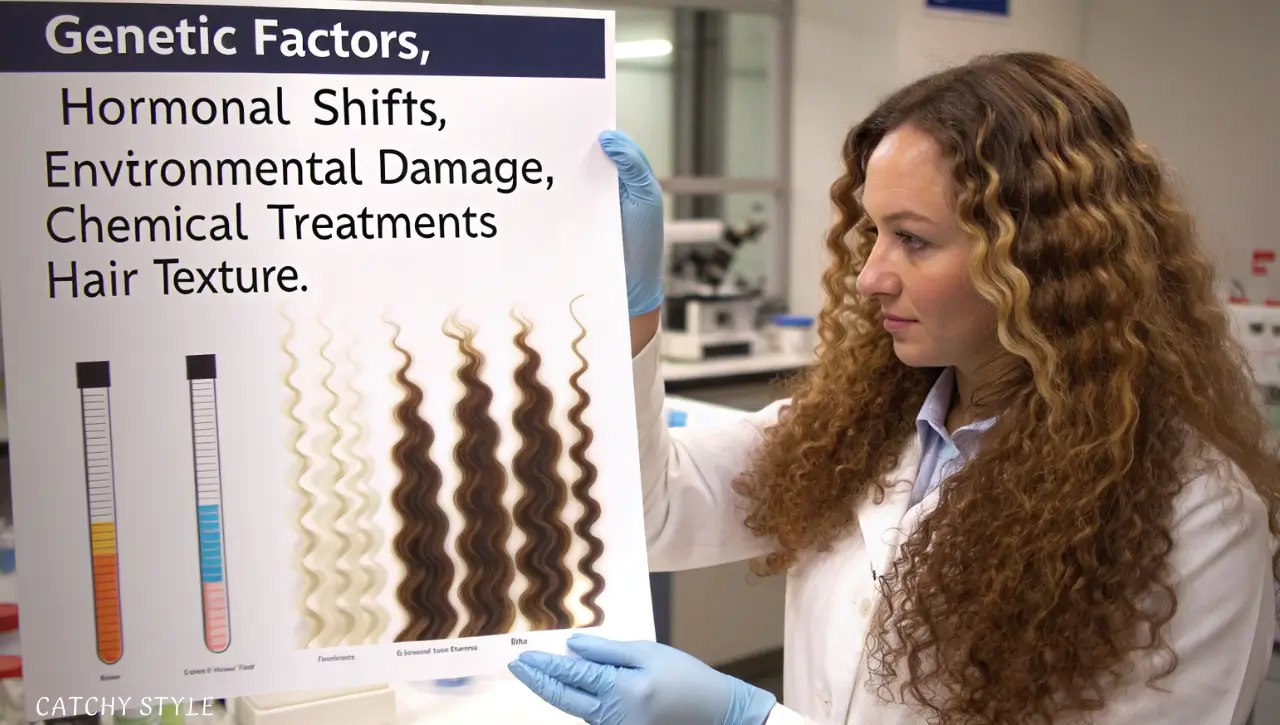
Every individual is born with a genetic hair texture, which can change over time due to hormonal shifts, environmental damage, or chemical treatments.
The core factor that determines whether you have straight, wavy, or curly hair is the protein bonds inside your hair shaft. Fewer bonds result in straight hair, while an increased number of disulfide bonds leads to more bends and curls—defining the S-shape typical of wavy hair types.
What Is Type 2 Wavy Hair?
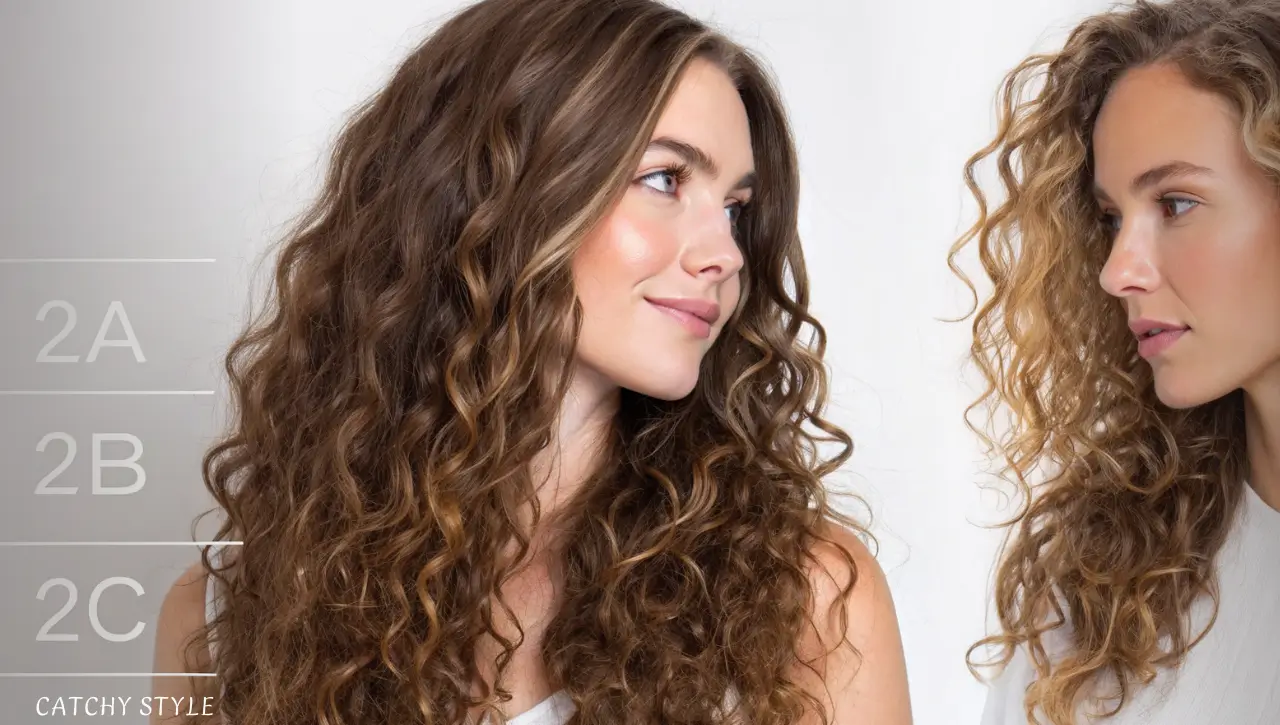
Type 2 hair refers specifically to wavy hair types. This hair texture is bendable and can range from fine, barely-there waves to thick, defined patterns that border on curly. The hallmark of wavy hair types is the S-shaped wave—more than straight but not tightly coiled like curly hair.
While gorgeous and versatile, wavy hair types tend to be prone to frizz and moisture imbalances. Each of the three wavy subtypes—2A, 2B, and 2C—has distinct characteristics that require slightly different care routines.
Type 2A Hair: Fine and Loose Wavy Hair
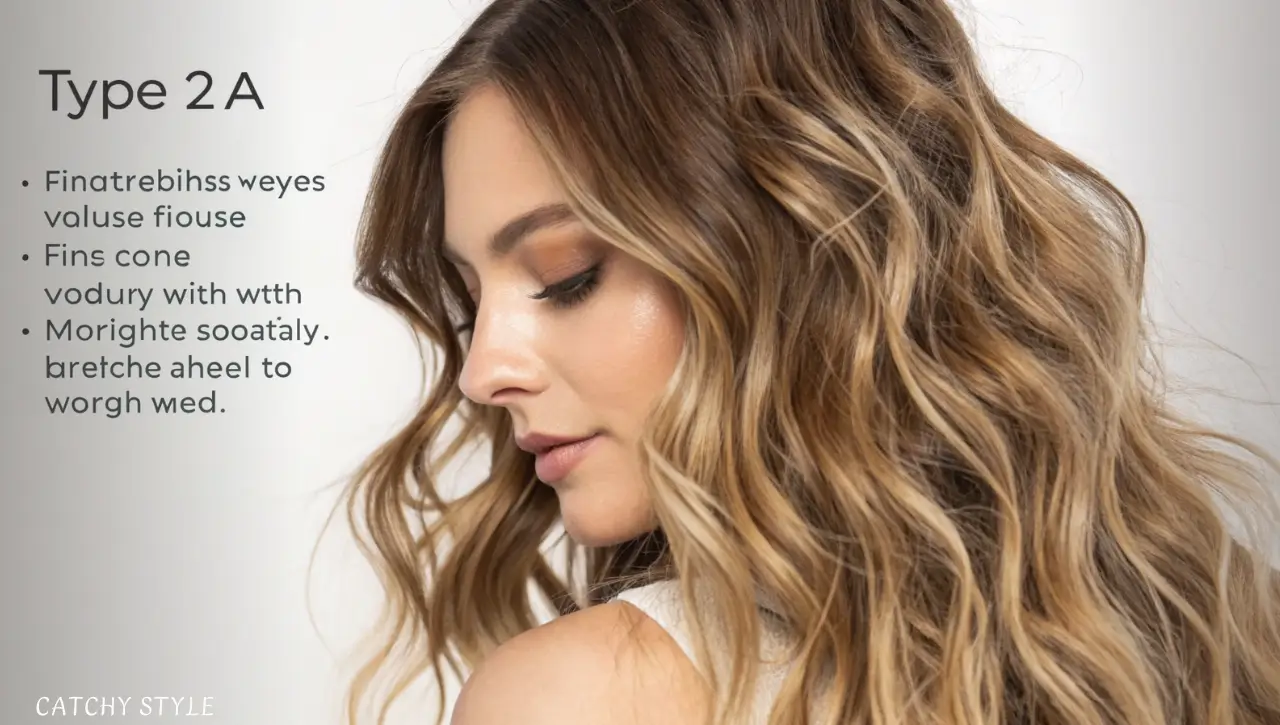
Type 2A is the softest and most delicate of the wavy hair type. It features subtle S-shaped waves that may be hard to detect at first glance, leading many to mistakenly believe their hair is straight.
This subtype tends to be fine in texture and flat at the roots, lacking volume. Because 2A is prone to becoming limp, it’s best to avoid heavy styling products. Instead, opt for lightweight mousses or wave-enhancing sprays that add body and movement without overwhelming the strands.
For those with 2A wavy hair types, using the right product—like a volumizing foam—can make a significant difference in how bouncy and defined the waves appear. Stay away from silicones and heavy oils, which can weigh the hair down and flatten the texture.
Type 2B Hair: Medium Texture and More Defined Waves
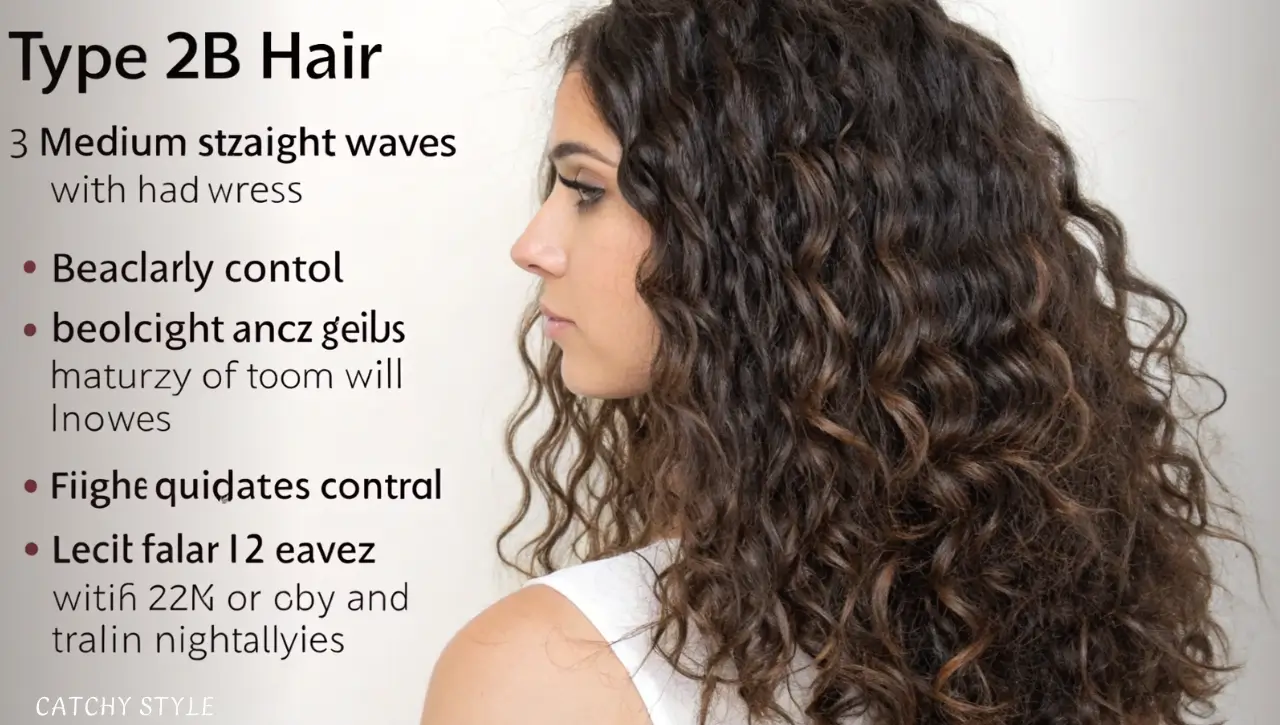
Type 2B falls in the middle of the wavy hair types spectrum. It showcases more defined S-waves that usually start from mid-length and continue to the ends, while the roots often remain straight or slightly flat.
This hair type tends to have more frizz, particularly near the crown or when exposed to humidity. The strands are generally thicker than 2A and can hold a wave more naturally. With the right styling products—like lightweight gels or leave-ins—2B waves can look effortlessly beachy and full of life.
People with this wavy hair type should focus on hydration and frizz control, especially if they’ve used heat tools or hair dyes in the past, which increase susceptibility to damage and dryness.
Type 2C Hair: Thick and Voluminous Wavy Hair
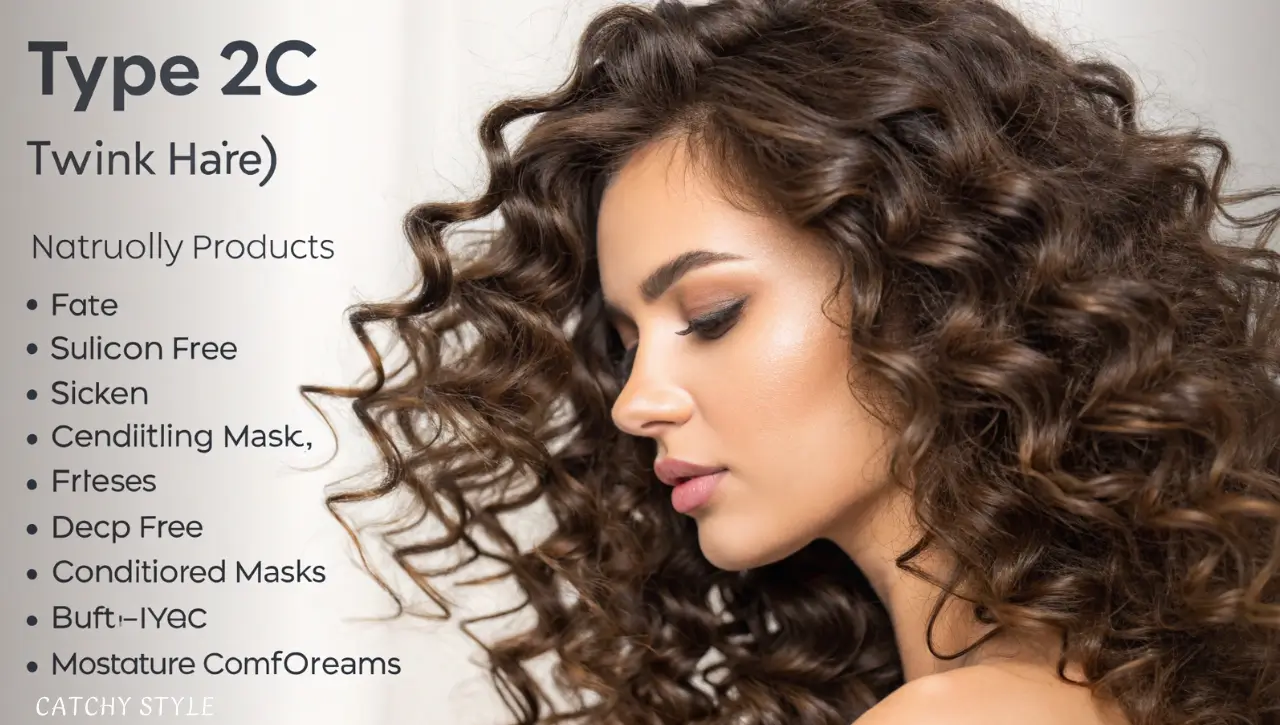
At the coarsest and most voluminous end of wavy hair types is Type 2C. The waves are thick, well-defined, and often start right at the roots. In many cases, people with 2C waves will find loose curls beginning to form in certain sections.
While this wavy hair type is naturally full and visually striking, it also comes with a price: high frizz potential. Additionally, 2C hair can lose definition easily without the right products and care.
The use of sulfate-free shampoos and silicone-free conditioners is essential here. Deep conditioning masks and moisture-rich styling creams are also excellent for maintaining softness and shape.
Why Frizz Happens in Wavy Hair Types
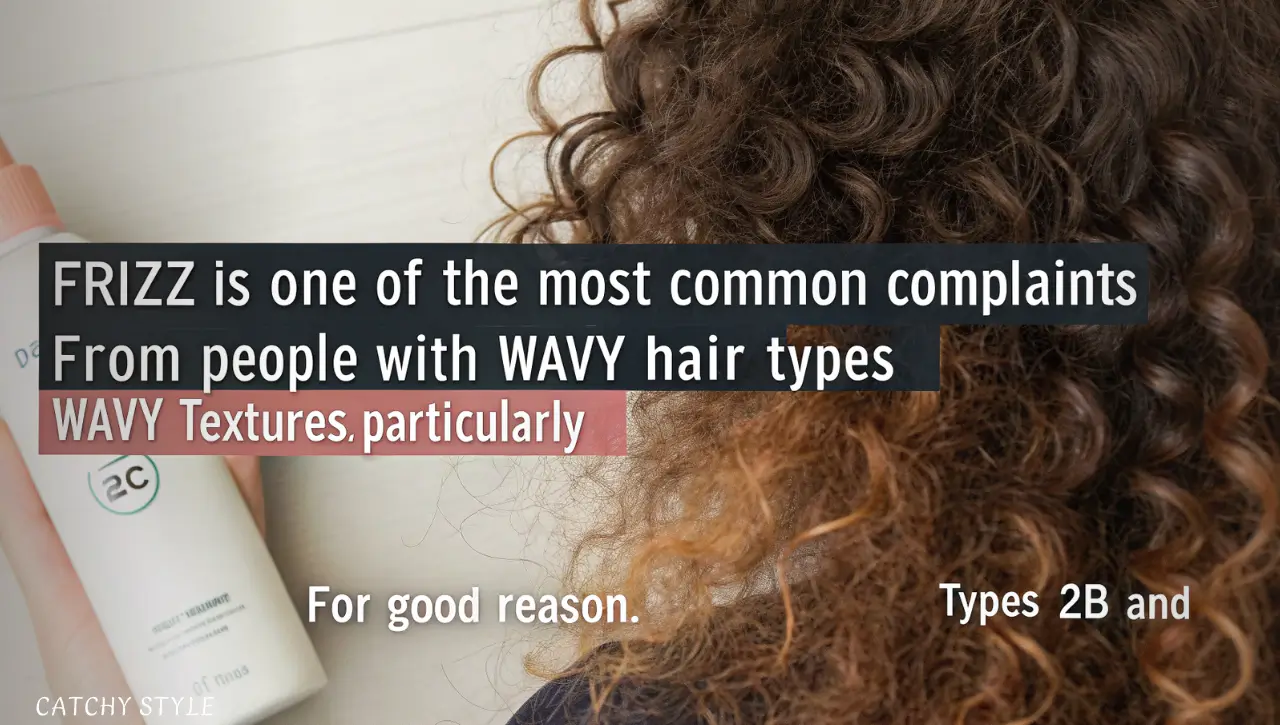
Frizz is one of the most common complaints from people with wavy hair types—and for good reason. Wavy textures, particularly Types 2B and 2C, are extremely susceptible to environmental moisture. When the hair shaft is dry, it absorbs moisture from the air, which disrupts the cuticle and causes frizz.
Combatting this requires a hydration-first approach. Regular use of a repair conditioner or leave-in treatment can restore moisture balance and minimize frizz outbreaks. Many with wavy hair type also benefit from a few drops of hair oil to seal in hydration and protect the strands from breakage and external pollutants.
Product Recommendations for Wavy Hair Types
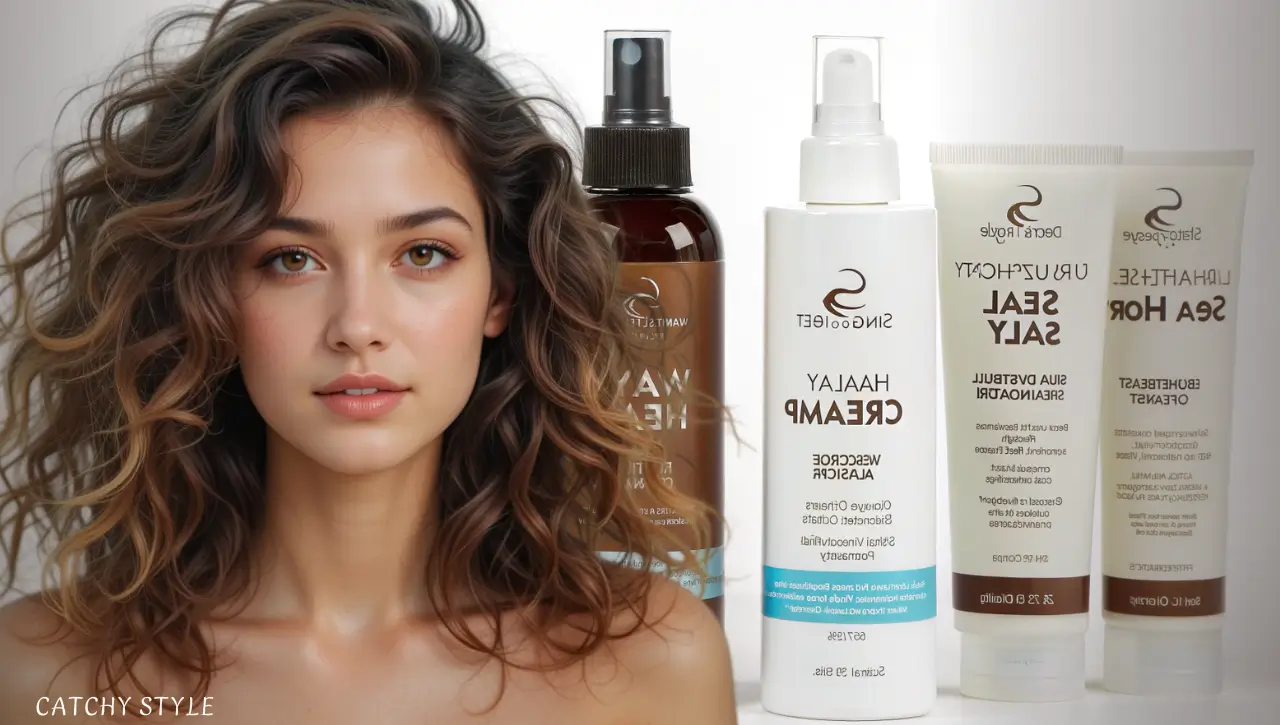
Choosing the right product lineup is essential for enhancing the natural texture of wavy hair types. Your goal should be to add moisture, reduce frizz, and encourage definition—without sacrificing volume.
Here are ideal products for each wavy hair type:
- 2A: Lightweight mousse, sea salt spray, volumizing shampoo
- 2B: Anti-frizz cream, light hold gel, sulfate-free conditioner
- 2C: Deep moisture mask, curl-enhancing cream, leave-in conditioner
Avoid using products heavy in silicones, parabens, and sulfates, as they can disrupt the scalp’s natural oil balance and weigh down your wavy hair.
How to Care for Wavy Hair Types Without Heat
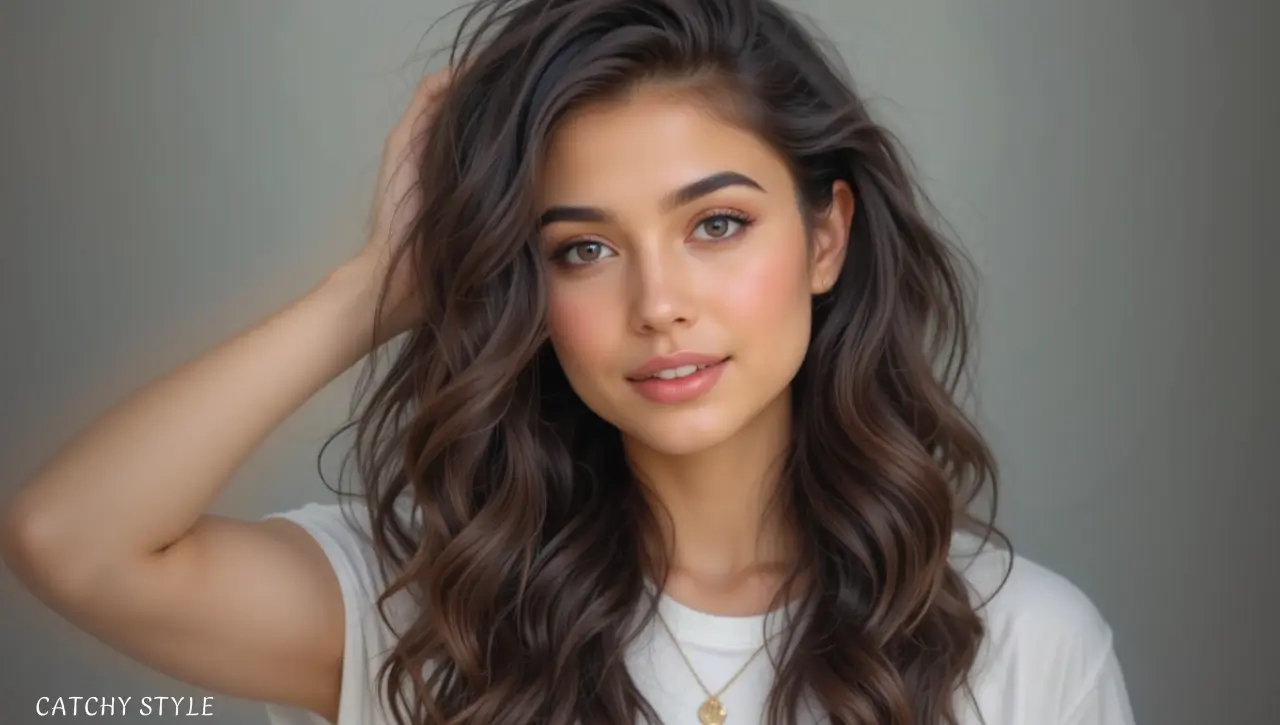
Heat styling can cause long-term damage, especially for fine or medium wavy hair types. Instead, adopt heat-free techniques such as:
- Air drying with a microfiber towel to avoid breakage
- Plopping with a cotton T-shirt to enhance wave shape
- Overnight braids for definition without tools
- Diffusing with cold air to speed up drying while preserving your natural pattern
Each of these methods works with your wavy hair type, not against it.
Nighttime Tips to Preserve Wavy Hair Types
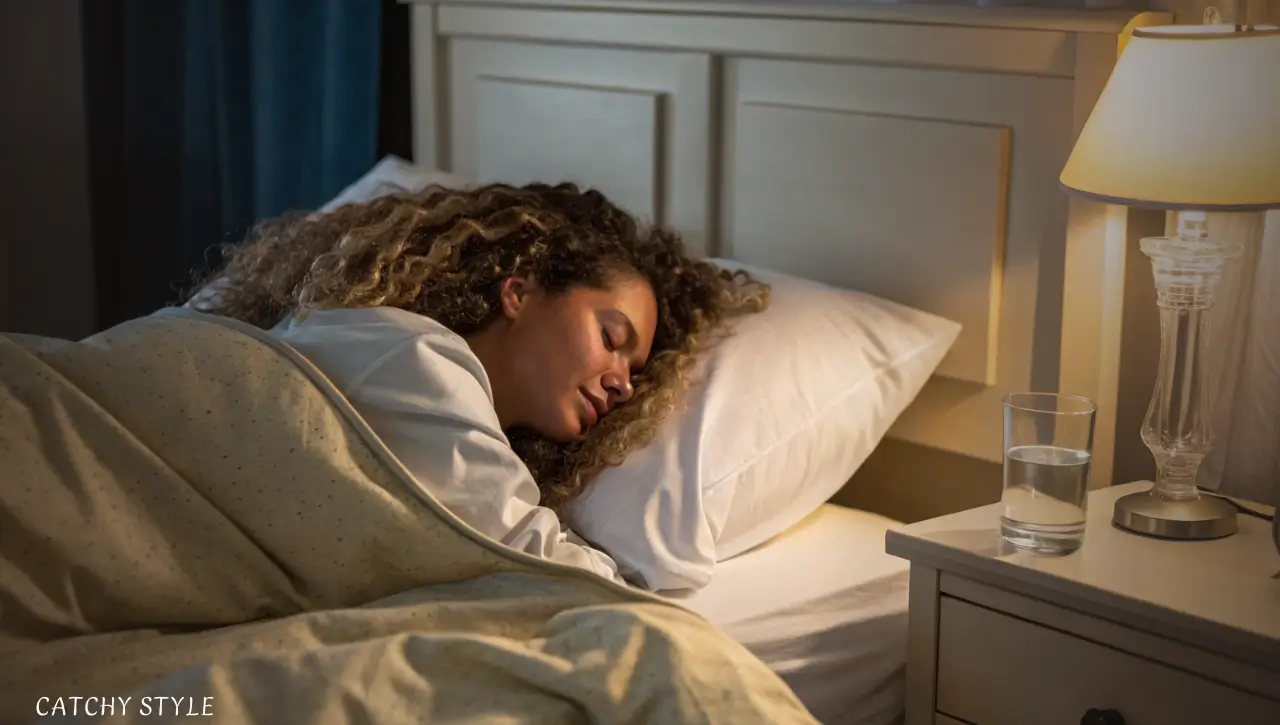
Nighttime can be your hair’s worst enemy—or your best friend—depending on your routine. To protect your wavy hair types overnight:
- Use a silk or satin pillowcase to reduce friction
- Try the pineapple method for longer waves
- Apply a light leave-in conditioner before bed for added hydration
Preserving moisture and wave definition during sleep is just as important as your daytime styling routine.
Common Mistakes People Make With Wavy Hair Types
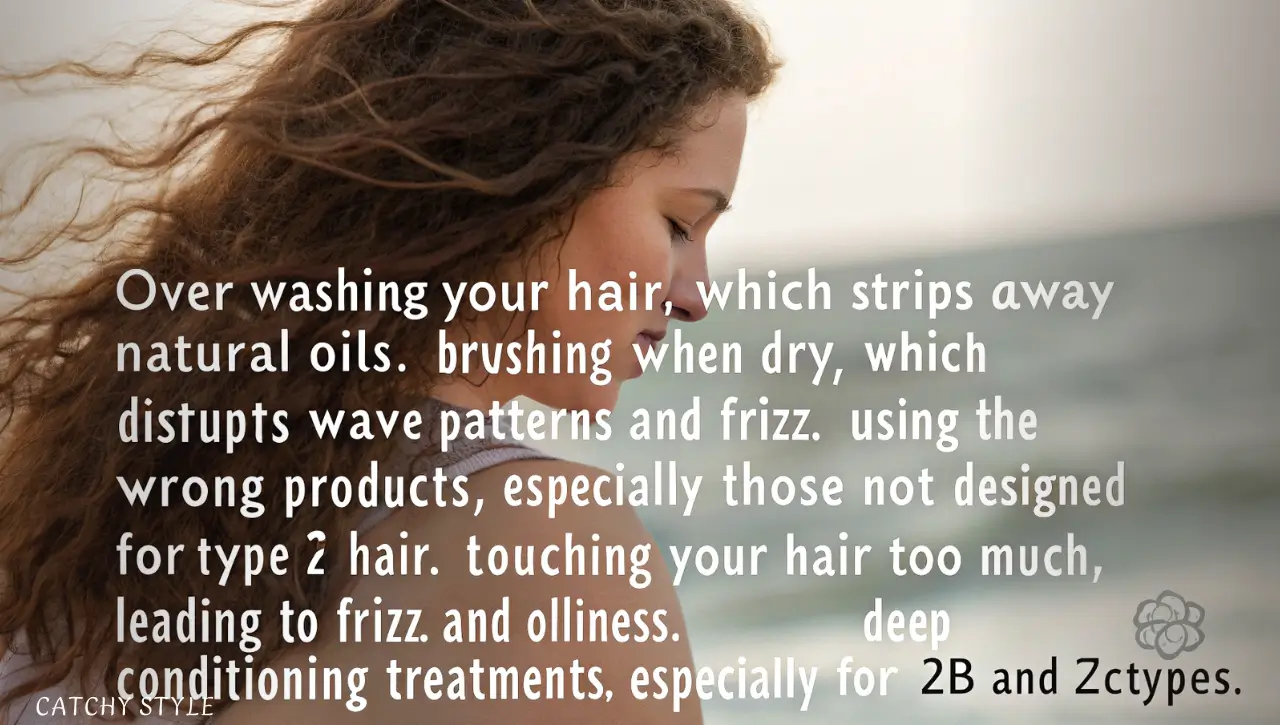
Here are a few mistakes to avoid if you want your wavy hair type to thrive:
- Over-washing your hair, which strips away natural oils
- Brushing when dry, which disrupts wave patterns and causes frizz
- Using the wrong products, especially those not designed for Type 2 hair
- Touching your hair too much, leading to frizz and oiliness
- Skipping deep conditioning treatments, especially for 2B and 2C types
Learning from these common missteps can help you take better care of your wavy hair types and enhance their natural beauty.
Final Thoughts: Embrace Your Wavy Hair Type
Whether you’re dealing with soft 2A waves or thick, borderline curls in the 2C category, understanding your wavy hair type is the foundation for better hair days. With the right products, techniques, and routines, your waves can shine—literally and figuratively.
Don’t fight your texture. Embrace your wavy hair type for what it is: a beautiful, unique pattern that sets you apart. With proper care and knowledge, those waves can be your hair’s best asset.


